Monday, March 16, 2009, 14:39 - Commentary, Photo of the Day
Stúrovo, SlovakiaAll too often the media’s coverage of the issue of immigration is monolithic with very little nuance, or detail for that matter. Even worse we rarely get to hear the voices of immigrants themselves, which is why this article in the International Herald Tribune is all the more important.
One Europe, many faces… © Damaso Reyes
“On one side of a drab street in working-class Milan, a squat structure houses a conservative mosque linked in the past to suspected Islamic terrorists.
“On the other, an office building houses the budding newsroom of "Yalla Italia" (Let's Go, Italy), a monthly magazine written by 2Gs - the name here for second-generation immigrants - for young Muslims juggling identities and for Italians curious about a religion and a way of life barely extant just 20 years ago here.
“The two buildings symbolize the different worlds inhabited by Italy's Muslims, a burgeoning community of more than a million that increasingly demands to be heard.”
One of the common refrains of those opposed to immigration is that new immigrants do not wish to assimilate. Of course nothing could be further from the truth. If presented with a society that welcomes them (all too often not the case in Europe) immigrants are happy to adapt to their new surroundings, after all, they came from far and wide to have a chance at a new and presumably better life. When they aren’t welcomed they find solace in one another and their common heritage.
It’s important to remember that assimilation is a process, not something with happens overnight. By the second and third generation the sons and daughters of immigrants are more at home in the nation of their birth than in the “old country.” At the same time that does not mean that they should have to abandon their heritage while making their way in their society. In New York there are more Irish bars and pizzerias than you can shake a stick at. That doesn’t make their owners any less American; in fact America would be a poorer place without the unique cultural gifts that immigrants have brought with us. It’s high time more Europeans began to understand this…
| 0 trackbacks
| 



 ( 3 / 1937 )
( 3 / 1937 )




 ( 3 / 1937 )
( 3 / 1937 )
Monday, March 16, 2009, 10:34 - Travel, Shooting
Muzla, SlovakiaOn Saturday I was lucky enough to be invited to a wine competition which featured some traditional folk dancing. Drinking wine and taking pictures is not a bad way to spend a Saturday night. Here are a few images, enjoy!
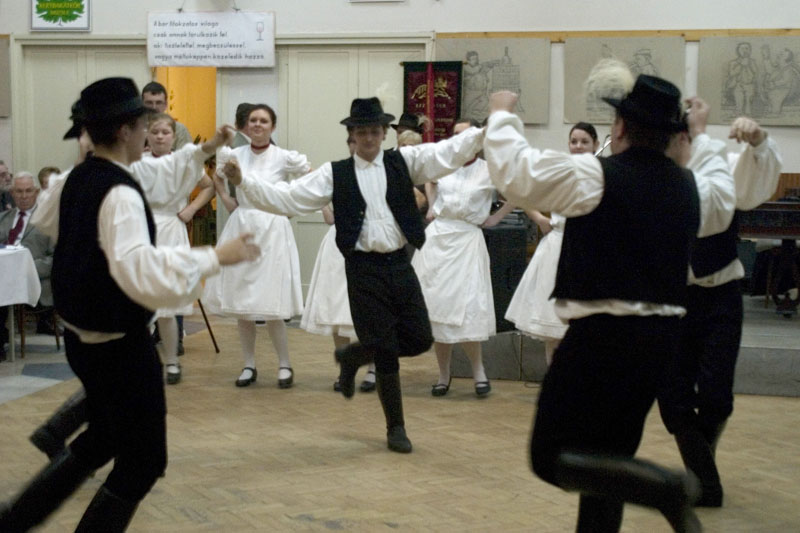
Movement. © Damaso Reyes
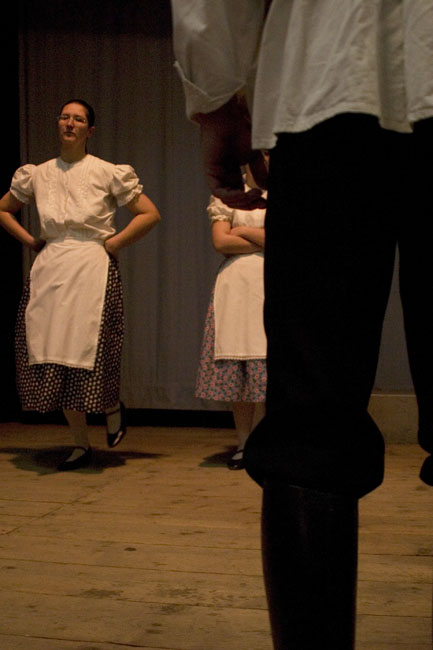
Heritage. © Damaso Reyes
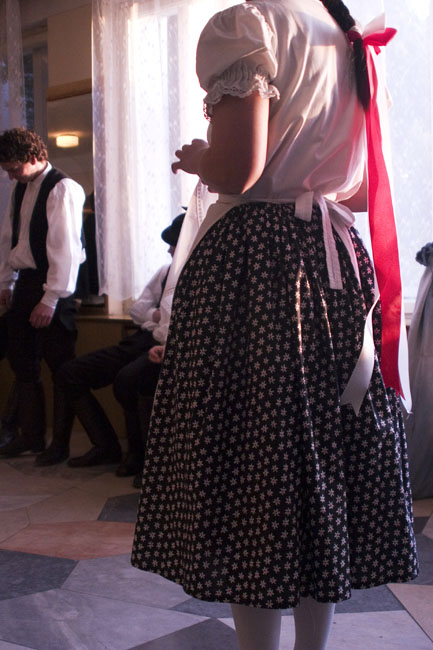
Waiting. © Damaso Reyes
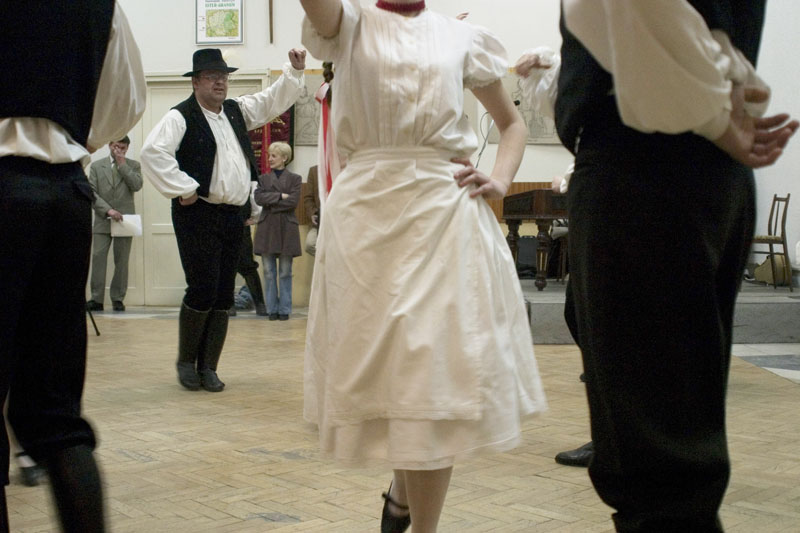
Pride. © Damaso Reyes

Listening. © Damaso Reyes
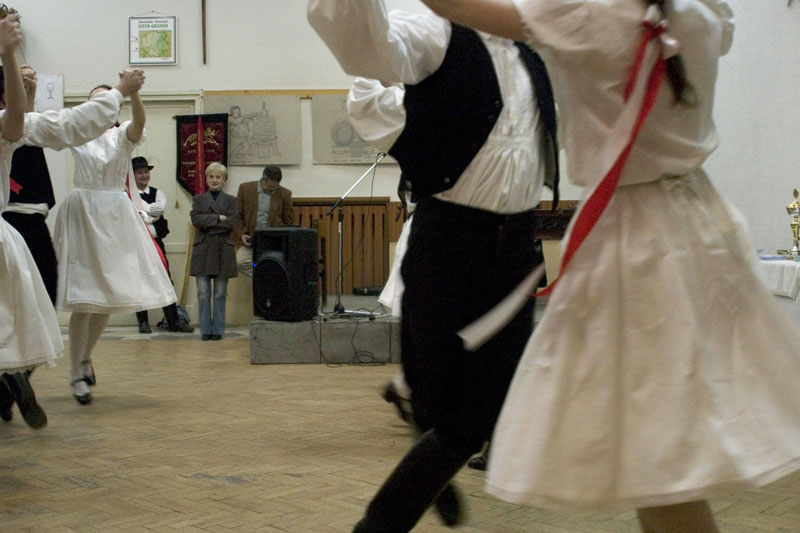
The Dance. © Damaso Reyes
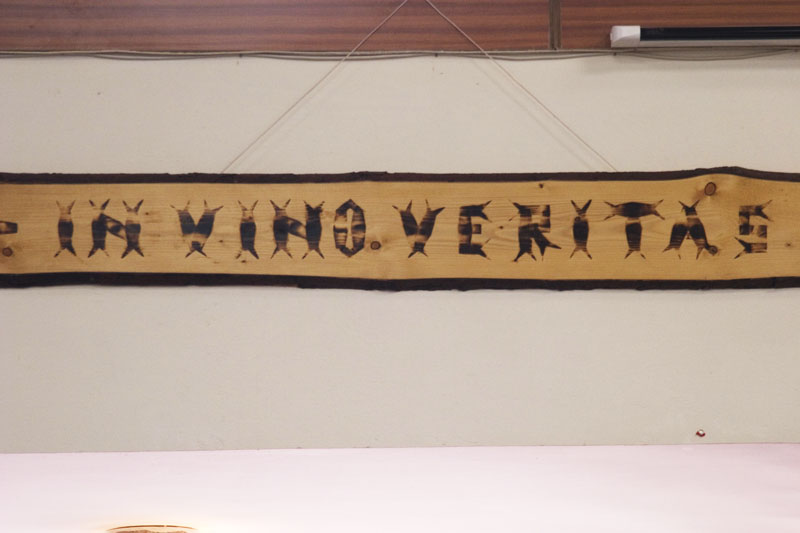
The Truth. © Damaso Reyes
Friday, March 13, 2009, 08:07 - Commentary, Photo of the Day
Stúrovo, SlovakiaI know that it seems like what I do is a lot of fun, and it is! For all of you Europeans who want to get in on the picture taking fun there is a contest that lets you do just that.
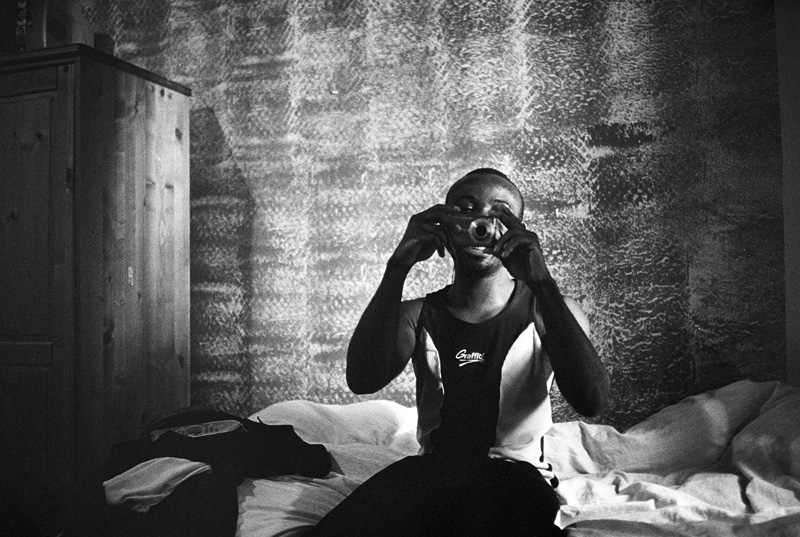
Smile for the camera! Vienna 2008 © Damaso Reyes
“For over 50 years, the European venture has provided Europeans with an area of peace, stability and security and has helped raise their living standards by creating a single market and single currency.
“Yet, Europe is much more than that. Today, the European Union of nearly 500 million people tackles subjects which affect us in our everyday lives, subjects such as citizens' rights, job creation, regional development, environmental protection and the fight against global warming.
“When it was set up, the European Union was comprised of just six countries. Now, 27 countries are united in diversity and work together every day in a spirit of solidarity, curiosity, tolerance, creativity and innovation.
“We all know that an image can express a thousand words. The members of the PES Group in the Committee of the Regions therefore invite you to express everything good that Europe has brought you in your everyday life, as seen through your lens.”
The contest is open to amateur photographers who reside within the European Union. I really like the fact that the focus is on everyday life, which of course is very much what The Europeans is all about.
Thursday, March 12, 2009, 08:20 - Commentary, Photo of the Day
Stúrovo, SlovakiaAnd now for something completely different: good news! Or at least not depressing news. This article comes from the IHT and it focuses on sustainable living, and remodeling, in Barcelona.
“The floor tiles made from smashed television screens did not, in the end, work out. Neither did the pulley system Petz Scholtus's boyfriend rigged to haul her stuff up three very steep flights of stairs to her new apartment in the Barri Gòtic, or old city, when she moved in over a year ago. But the move itself — by bicycle through the streets of the oldest and most cinematic neighborhoods here — was a carbon-neutral success. (It helped that Scholtus had no furniture then.) So, too, were other elements of her eco-renovation.
“That is the phrase Scholtus, a 28-year-old product designer from Luxembourg, has been using to describe the ongoing restoration and decoration of a one-bedroom apartment in the 18th-century building where she lives and works. In Barcelona, a city that has long prized the new and the glossy, Scholtus's project amounts to a countercultural effort.
"Here people have an idea that sustainable is for the rich or that it's something horrible and low-quality hippy," Scholtus said. "I wanted to see if it was possible to make it inexpensive but also, you know, cool."
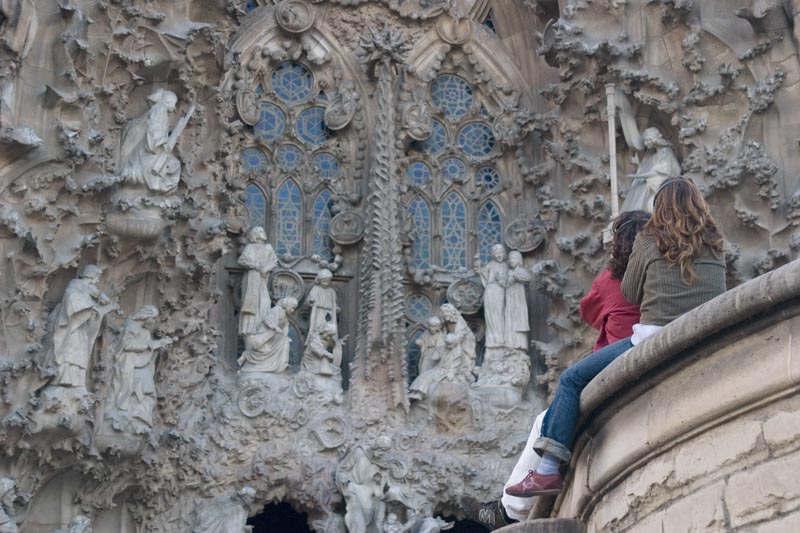
The ultimate building job. Barcelona 2005 © Damaso Reyes
It’s nice to see that sustainable living and building is taking root so firmly in the city I hope to live in some day soon. Europeans have been leaders in conscious living for a long time and it is nice to see such a public example!
Wednesday, March 11, 2009, 09:16 - Commentary, Photo of the Day
Stúrovo, SlovakiaLast week Vanity Fair Germany closed. It is not particularly surprising given the current economic climate or the large number of American newspapers which have closed or filed for bankruptcy. Nevertheless it is saddening for me personally since I worked there as an Arthur F. Burns fellow for two months in 2007. We learn more from The Guardian.

Tombstone Vienna 2008 © Damaso Reyes
“Condé Nast has closed the German edition of Vanity Fair two years after it launched the title amid great fanfare, blaming the economic downturn.
“The final issue of Vanity Fair Germany, which was published as a weekly, appeared yesterday. It is unclear what will happen to the 80 Berlin-based staff who worked on the title.
“Jonathan Newhouse, chairman of Condé Nast International, who committed to keeping the magazine running as recently as December last year said it was his "sad duty" to announce the closure.
"It is a shock when an excellent magazine is closed and particularly so in the case of Vanity Fair Germany. Only 11 weeks ago I publicly vowed that Condé Nast would continue to publish Vanity Fair in spite of difficulties," Newhouse said.
Personally I felt the magazine was too celebrity driven as I discovered while I was there. At the same time it was published on a weekly basis, something which is very hard to do. I think that if the magazine had tried to be more like its American namesake: publishing monthly, doing more in-depth and investigative pieces, it would have been better received. What I hope doesn’t happen is that the German publishing industry see this as an excuse not to try new things…
Tuesday, March 10, 2009, 08:13 - Commentary, Photo of the Day
Stúrovo, SlovakiaTurkey has been a question on the lips of many within the European Union. Of course no one has an answer. But in the hopes of joining the E.U. Turkey’s leaders, with great difficulty it must be said, has been pushing to modernize their. Gender rights are just one part of that process but a very important one. In this article from the New York Times we learn about the challenges that a women’s football league is facing.
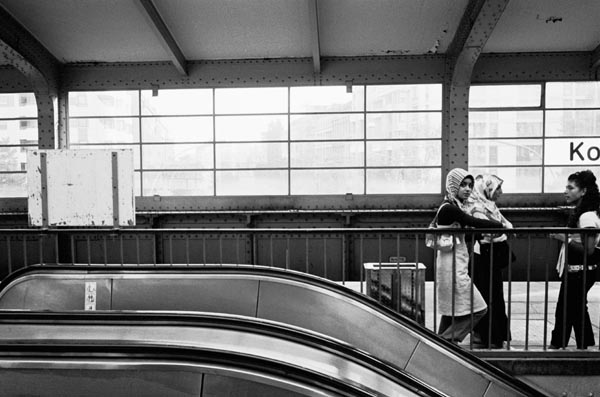
Our turn. Berlin 2006 © Damaso Reyes
“Football is seen as a man’s game in Turkey,” said Nurper Ozbar, 30, the coach of Marmara Universitesispor, the top team in the second division of the league, which also has two youth divisions.
“We’ve had men come to watch our practices and yell at our players: ‘What are you doing here? You should be at home, cooking!’ ” said Ozbar, one of the few women accredited as a soccer coach in Turkey, and the only one in Istanbul. “It’s going to take time to change this.”
“Turkey has thriving professional women’s basketball and volleyball leagues. Soccer, for the most part, remains a men’s-only zone. In a country of 70 million, only 798 women and girls are registered as players with the Turkish Football Federation, soccer’s governing body. In comparison, about 230,000 male players are registered with the federation.”
Personally I believe one day Turkey will take its place among the nations of the European Union but the changes that it needs to make aren’t just political or economic, they are also social. A large part of the hostility that I have encountered among Western Europeans regarding Turkey has more to do with perceived social differences than anything else. That’s not to say that Turkey must lose that which makes it unique. At the same time if it wants to join the Union then all its citizens must be free to pursue their dreams.
Monday, March 9, 2009, 10:11 - Commentary, Photo of the Day
Stúrovo, SlovakiaIt seems that when there are economic tensions in the world political ones are not far behind. They aren’t always directly related but they coincide often enough for the relationship to be more than coincidental. Tensions are brewing in Bosnia, the site of so much sadness in the 1990s as we learn from the International Herald Tribune.
“Srecko Latal, a Bosnia specialist at the Balkan Investigative Reporting Network in Sarajevo, the country's capital, warned that the West, distracted by the global financial crisis, Iraq and Afghanistan, was ignoring trouble signs in Bosnia, in its own backyard. ‘The United States and the European Union must engage, not just for the sake of Bosnia but because the world can't afford to allow what happened the last time,’ he said.
“Bosnia's security is guaranteed by 2,000 European Union peacekeepers. But Latal said the force was not strong enough to contain hostilities, should they erupt. Sketching a worst-case possibility, he warned that if the Serb Republic declared independence, neighboring Croatia would respond by sending in troops, and Bosnian Muslims would take up arms.”
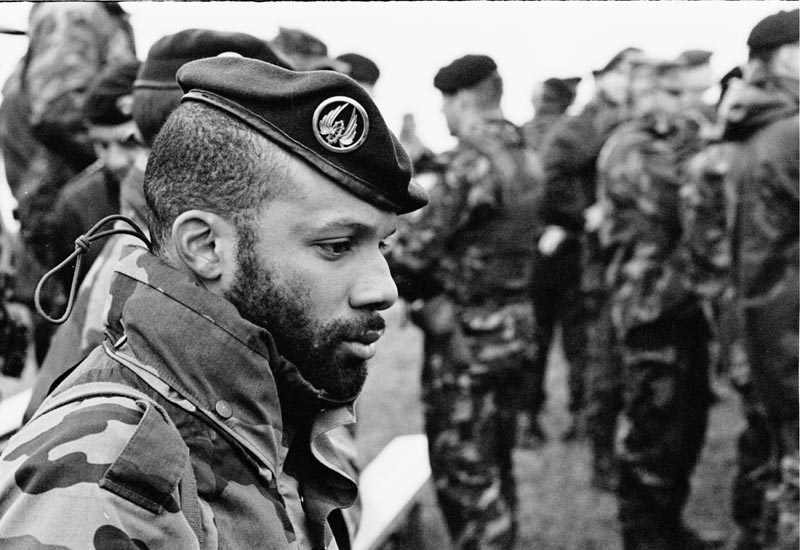
Waiting… Kosovo 2005 © Damaso Reyes
The European Union has a large role to play here; the question is whether or not it will take the leading role. Rather than defer to the Americans Europe’s leaders need to step up in the very place where their hesitancy cost so many lives. With so many other distractions it is hard to say if the E.U. will be able to pay close enough attention, I certainly hope so…
Friday, March 6, 2009, 08:41 - Commentary, Photo of the Day
Stúrovo, SlovakiaThe current economic crisis is not limited to the United States by any means. Europe has struggled for years with stagnant growth and high unemployment. Now Germany is being asked to help out some of its smaller E.U. neighbors as we learn from this opinion piece in Der Spiegel.
“Twelve months ago it seemed inconceivable that any European Union member could face a sovereign debt crisis. It would have been the stuff of fantasy to argue that Ireland or Austria could be among those at risk. Yet such an outcome is now within the realm of possibility. And if one country suffers a crisis, it will almost certainly trigger a wave of crises, plunging the EU, and especially the euro zone, into turmoil.
“There is nothing inevitable about this. But a way out requires Germany and other fiscally sound but highly export-dependent economies, such as the Netherlands, to show more vision.”
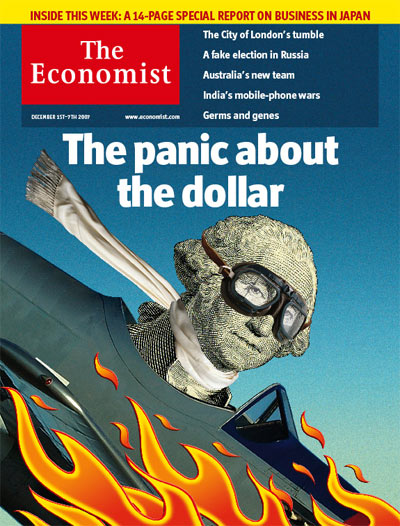
Where I lead you follow.
I’ve been thinking a lot about the financial problems that Europe and America are facing. President Obama has decided that large, bold action is needed to solve the current as well as systemic problems that face America. It remains to be seen whether his plan will work but it has certainly encouraged home among many in the States.
Now we look to Europe and we don’t see the same sorts of bold moves. True the crisis isn’t a bad here, yet. That of course does not mean that it won’t get worse. The leaders of Europe are still pretending that they are independent of one another, as if an economic collapse in Austria or Ireland would not have disastrous effects on the U.K. or Germany. One would like that the adoption of the Euro would have made the interdependence that is an economic fact of life more clear to the high and might. Clearly it has not…
Thursday, March 5, 2009, 08:35 - Commentary, Photo of the Day
Sturovo, SlovakiaSince it seems like we are fixed on Germany here at The Europeans, we might as well have some fun with it as well as try to shift our focus to the E.U. as a whole. This article from the Economist.com takes on an important issue in a lively way.
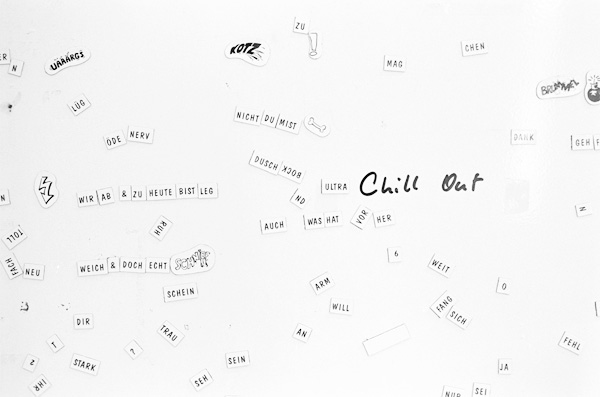
Babel. Heidelberg 2008 © Damaso Reyes
“The evidence points to the imminent collapse of the European Union’s official language policy, known as “mother tongue plus two”, in which citizens are encouraged to learn two foreign languages as well as their own (ie, please learn something besides English). Among Europeans born before the second world war, English, French and German are almost equally common. But according to a Eurobarometer survey, 15-to-24-year-olds are five times more likely to speak English as a foreign language than either German or French. Add native speakers to those who have learnt it, and some 60% of young Europeans speak English “well or very well”.
“This is a clear win for English. But paradoxically, it does not amount to a win for Europe’s native English-speakers. There are several reasons for this. Start with a political one. European politicians long feared that the use of English in the EU would lead to the dominance of Anglo-Saxon thinking. They were wrong. The example of newspapers is instructive: thanks to English (and the internet), a genuinely pan-European space for political debate is being created. It has never been easier for other Europeans to know what Poles think about the credit crunch, Germans about the Middle East or Danes about nuclear power. English is merely “an instrument”, says Mr Versteegh of NRC Handelsblad, not “a surrender to a dominant culture.”
Most European intellectuals I know feel the same way about the English language. It is a way to communicate more broadly with the world, and an essential tool at that. Get seven Europeans from different countries in a room and odds are the one language they have in common will be English. And it’s not just about Europe, English is as global a language as it gets. I don’t think the rise of English means the fall of other language, unless people allow it, something I don’t’ think is likely to happen anytime soon.
Wednesday, March 4, 2009, 08:33 - Commentary, Photo of the Day
Stúrovo, SlovakiaIt only seems like it’s Germany week here at the Europeans but in all fairness it is the largest country in terms of G.D.P. and population so I suppose it is only fair that it catches the spotlight every once in a while. Also perhaps this will motivate me to keep practicing my German this week (Hallo Peter, wie geht’s?).
In an interesting article in the International Herald Tribune, we explore the fate of some Germans who found themselves on the wrong side of the line when the post-WWII borders were redrawn.
“The damp mud falls away easily from the long thighbone jutting out of the dirt wall of the trench at the gentle prod of the shovel's tip. Beyond the mass grave filled with the skeletal remains of some 2,000 people, presumed to be Germans who died in the closing months of World War II, stands the red-brick fortress of the Teutonic Knights that was once one of Germany's greatest landmarks until it was forced to cede the territory to Poland after the war.
“Until then, Malbork was the German town of Marienburg, and the authorities believe the dead men, women and children buried together here were inhabitants of the city, along with refugees from places farther east, such as Königsberg, now Kaliningrad, fleeing the devastating Soviet counterattack that would eventually capture Berlin. Several dozen of the skulls have bullet holes, which prompted speculation of a massacre when the first bodies were found last October, whereas now the talk centers on cold, hunger and most of all typhus, which was rampant at the time.”
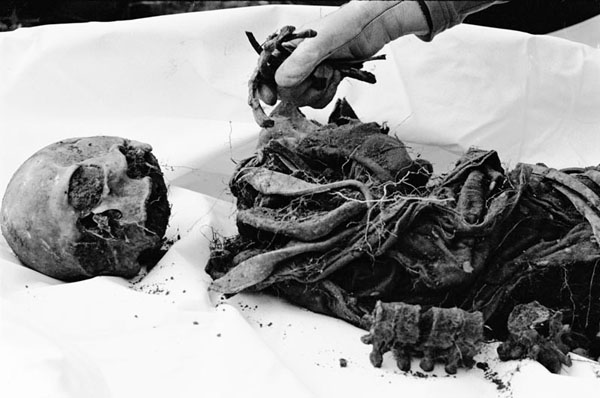
Bringing out the Dead. Kosovo 2005 © Damaso Reyes
The article makes some very interesting points one of which is that it is no longer verboten to talk about the suffering that German civilians suffered during the war. To me this shows an evolution to the discussion of recent history, one that is more accurately starting to reflect the nuance and subtlety that allows history to truly tell the story of those who lived through it.
As an American it seems like the weight of history is everywhere. Sometimes that history seems incredibly oppressive as well. But part of understanding history is to make it one’s own and that is a process that never truly ends…
Tuesday, March 3, 2009, 08:04 - Commentary, Photo of the Day
Stúrovo, SlovakiaThose of you who know me well know that I have a new obsession: my Amazon Kindle. It’s an electronic book reader, about the size of a trade paperback it can hold thousands of books. After years of traveling I have managed to get what I pack down to the bare essentials. I had a much harder time paring down my reading materials. Between books and magazines I could easily have two or three kilos worth of weight. The worst part was when I was done I had to leave my books behind. The real problem was that if I was traveling in a non English speaking country I had a hard time finding books to read and those I did were often expensive or not what I wanted to read. The Kindle solves all those problems for me. So far on this trip I’ve read more than a dozen books, far more than I would have been able to carry or find even if I was that lucky.
The Germans are getting on the eBook bandwagon as we learn from another article in The Local.
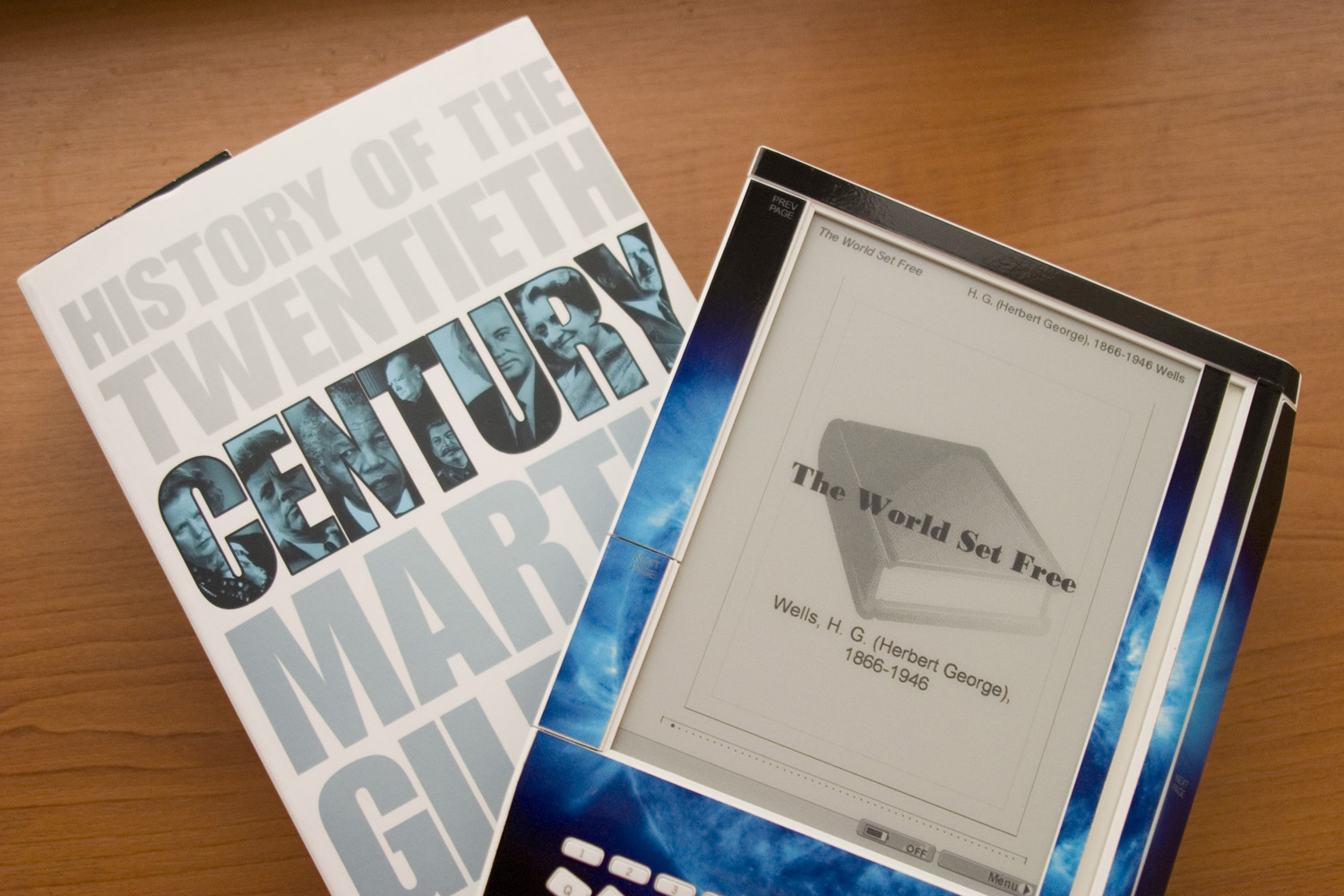
Past and Future. © Damaso Reyes
“Some 100,000 German books will be available in digital format via an ambitious new online platform libreka! when the Leipzig book fair kicks off on March 12.
“Our goal is to offer all deliverable German books within three to five years,” said Ronald Schild, head of the MVB marketing service of the German book publishing industry.
“The total number of e-books available will eventually reach 500,000 to 700,000 and publishers will charge a set price for the titles that can be downloaded to different electronic book readers, he added. Up to 1,000 publishers will contribute to libreka!, which the MVB hopes to make the premier site for German e-books.”
This is similar to what Amazon has done with its library of more than 230,000 books except it is being done by the publishing industry itself, a bold and far sighted move. Germans are voracious readers and the government has done much to protect the industry. But this is a great example of publishers embracing technology rather than fearing it. It will also expand the global reach of the German language, something some people fear is dying out. Being able to order a German book online and get it anywhere in the world instantly will be a huge boon to expats as well as those learning the language.
Monday, March 2, 2009, 09:48 - Commentary, Photo of the Day
Štúrovo, SlovakiaI hope that you enjoyed the photos we posted last week but we also know that you come for the interesting news and discussion about Europe so this week there will be a bit more of that. To start things off I thought I would highlight an interesting article I found a while back at The Local in Germany about integration.
“At Hamburg’s Colón Language Centre, the integration course this correspondent attended was broken into two parts. From 8:50 am until 11:15 am each weekday, students learned grammar, vocabulary and pronunciation. Most of the morning was spent copying terms from the blackboard. Questions were welcome, but only if they were in German and at a recent class few people spoke up.
“The course brought people from Syria, Peru, India, Italy, Iran, Tunisia, Egypt, the Philippines, Turkey, Colombia, Brazil, Tibet, Belgium, the United States and Spain together for half a year, and varying social mores, educational backgrounds and ages occasionally caused a clash of cultures. A brief lesson on the German word for kissing, for example, upset the women from Egypt and Tunisia. And one person’s idea of helpful instruction was another’s idea of being bossy.
“But sometimes the global mix made things interesting. After unanimous approval of students, the class hosted a Christmas party. Instead of a variety of salty Teutonic snacks, revelers ate delicacies from around the world. And simply because they sat next to each other in class, a Spaniard ended up learning standard German greetings from a young bride from Turkey."
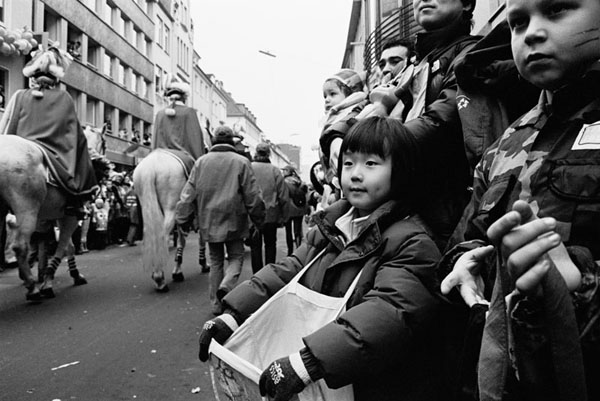
A paragon of integration. Cologne 2007 © Damaso Reyes
The piece is very interesting and well worth reading. I think that it shows that some in Germany, and in Europe, are starting to understand that integration is an active process, one that also takes time. How Western European nations choose to deal with their immigrants will ultimately decide how successful these countries are in a global society.
Friday, February 27, 2009, 10:32 - Shooting
Komárom, HungaryYesterday I went with my friend Szilvia to photograph at her job in Komárom. She works at Gekko, which is focused around early childhood development and education. I spent the day with her as she took the children who stopped by through games and fun exercises designed to teach as well as entertain. Here are a few images…
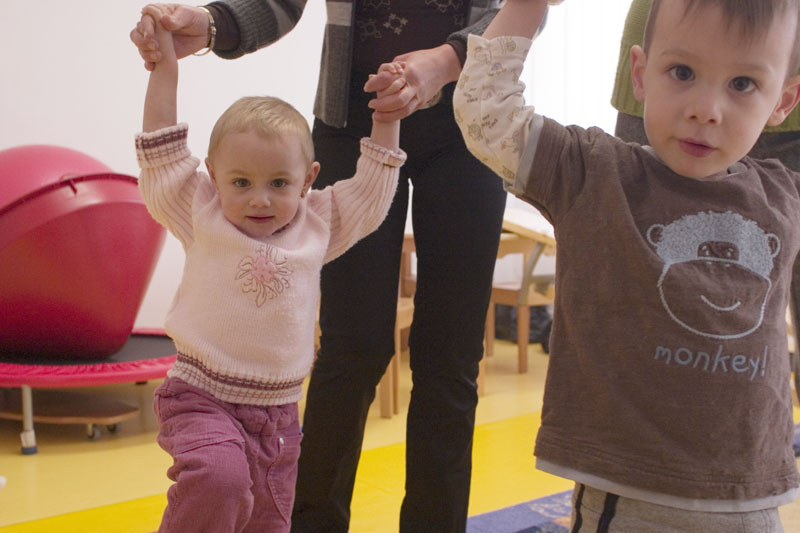
Walking tall. © Damaso Reyes

Building blocks. © Damaso Reyes
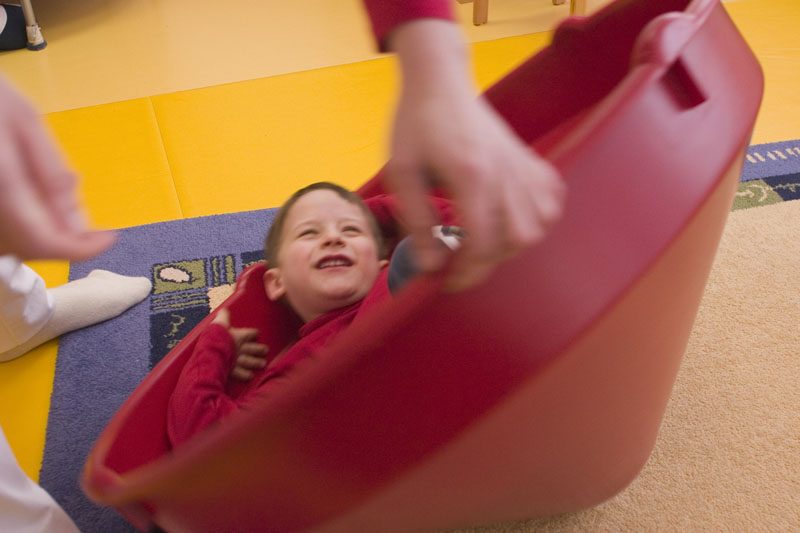
Spin time. © Damaso Reyes
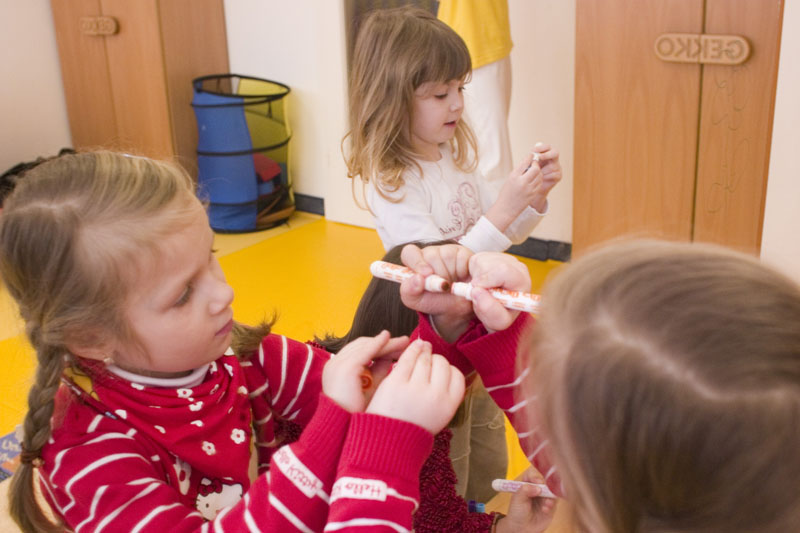
The mirror within. © Damaso Reyes
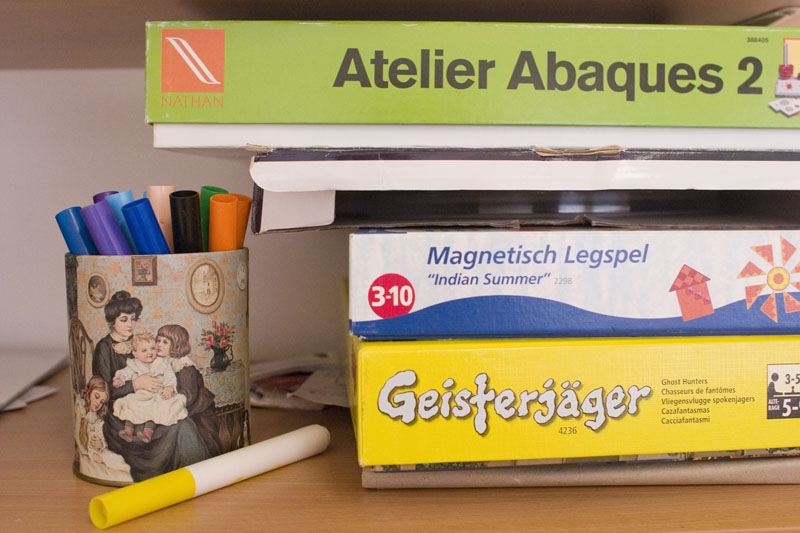
International impact. © Damaso Reyes

Small steps… © Damaso Reyes
Have a great weekend!
Wednesday, February 25, 2009, 10:42 - Travel, Shooting, Events
Sturovo. SlovakiaOver the weekend I went to an interesting festival (Maskarázás) in Chlaba, nearby town. As it was explained to me the purpose was to banish Winter (which we all hate don’t we?) so that our friend Spring can come along and make us happy. It seemed like a good reason to dress up in strange costumes, play with fire and drink on a Saturday morning. If you don’t believe me check it out for yourselves!
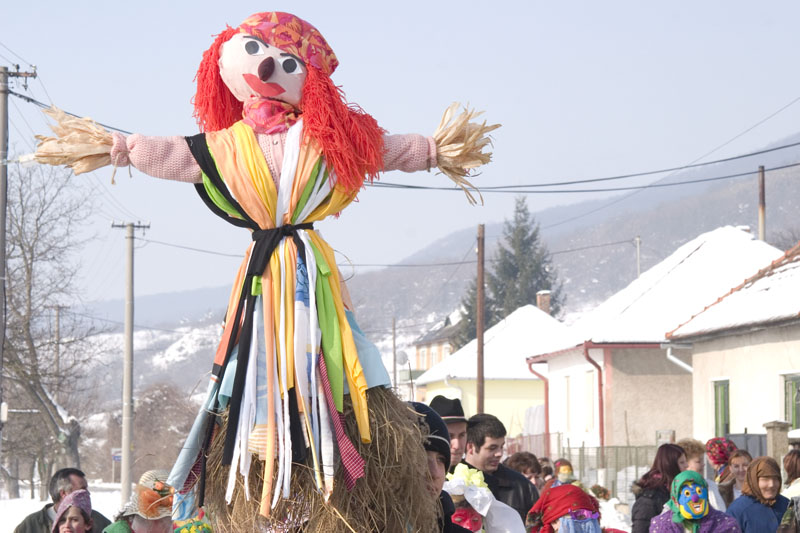
I shall scare you with my… what is that? © Damaso Reyes
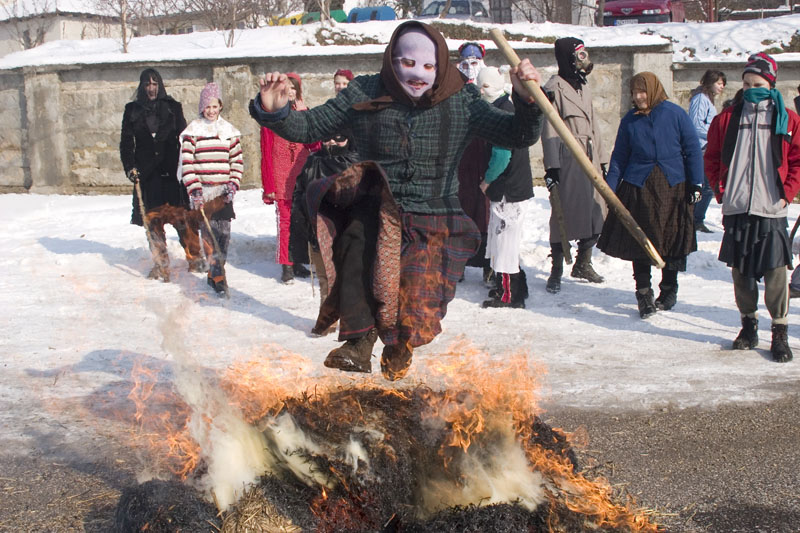
Now we must jump over burning bails of hay. © Damaso Reyes

They are very hot! © Damaso Reyes
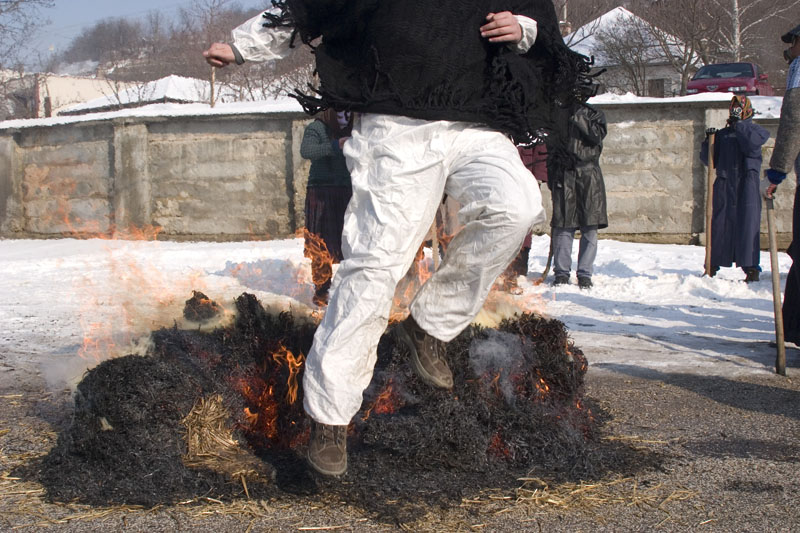
But they do not frighten me! © Damaso Reyes
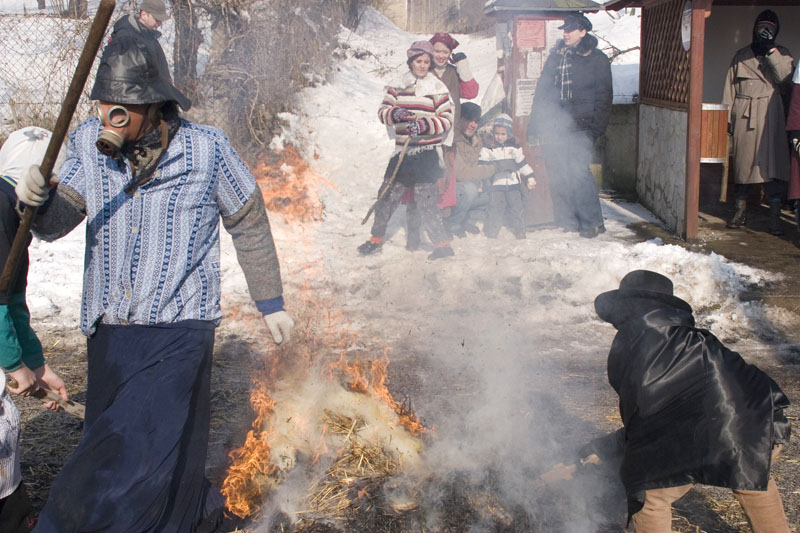
Spectacle. © Damaso Reyes
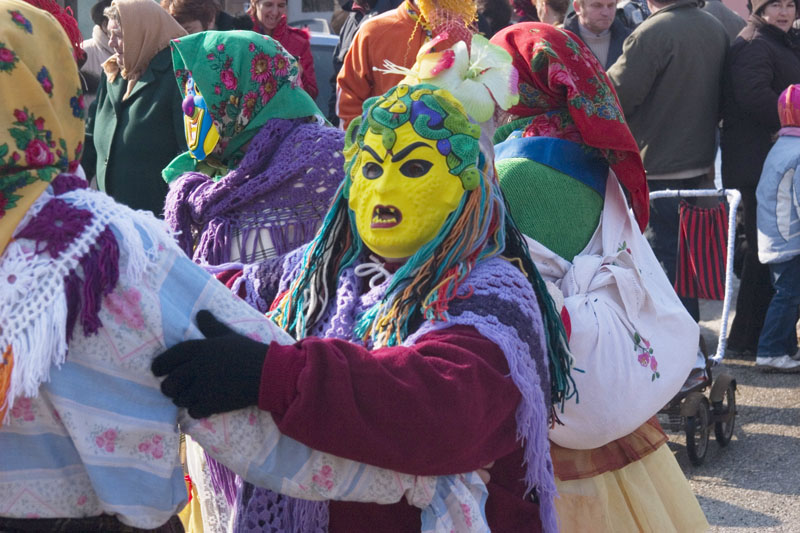
And now we dance! © Damaso Reyes
Tuesday, February 24, 2009, 08:28 - Travel, Shooting, Personal
Esztergom, HungaryWinter has been visiting us quite a bit here in Eastern Europe. Now those who know me well understand I am not really in favor of this whole business of cold and snow but sadly until I get that villa in southern Spain I will no doubt be seeing a lot more snow. In the best spirit of adventure I recently crossed the Danube and took a little walk around. Come along for the ride!

One moment. © Damaso Reyes
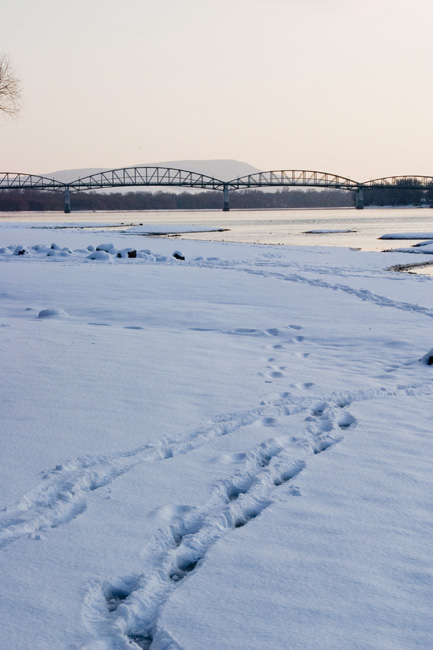
Footsteps. © Damaso Reyes
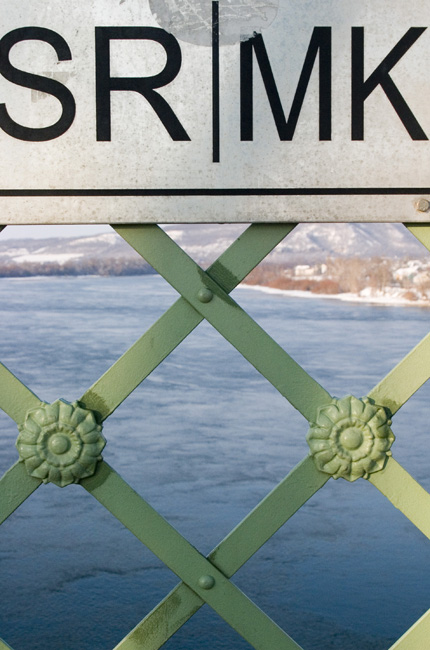
The dividing line. © Damaso Reyes
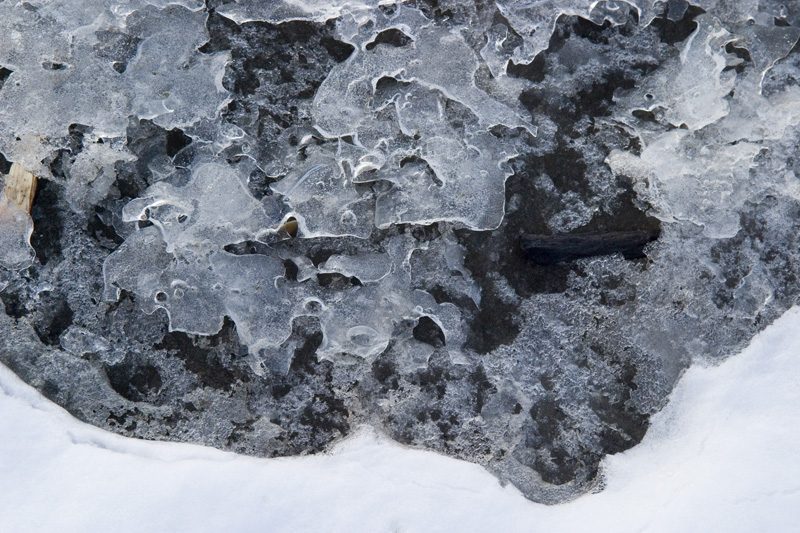
The shore. © Damaso Reyes

Trapped. © Damaso Reyes
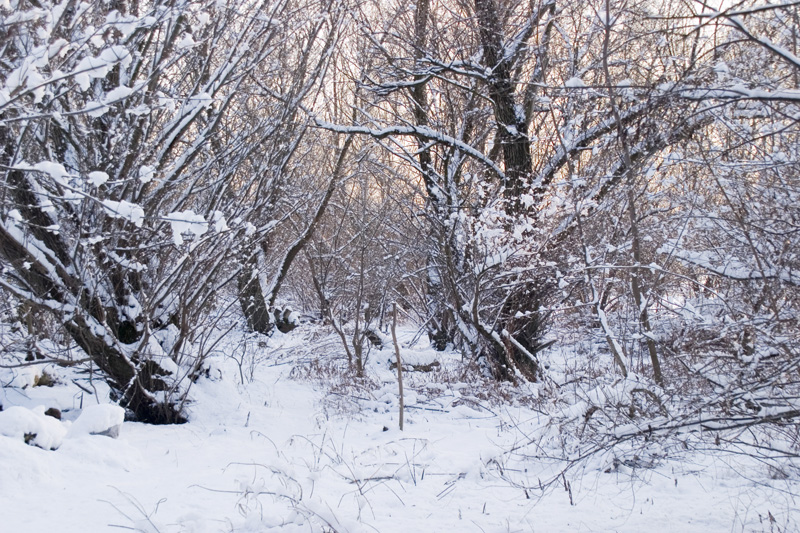
A new path. © Damaso Reyes
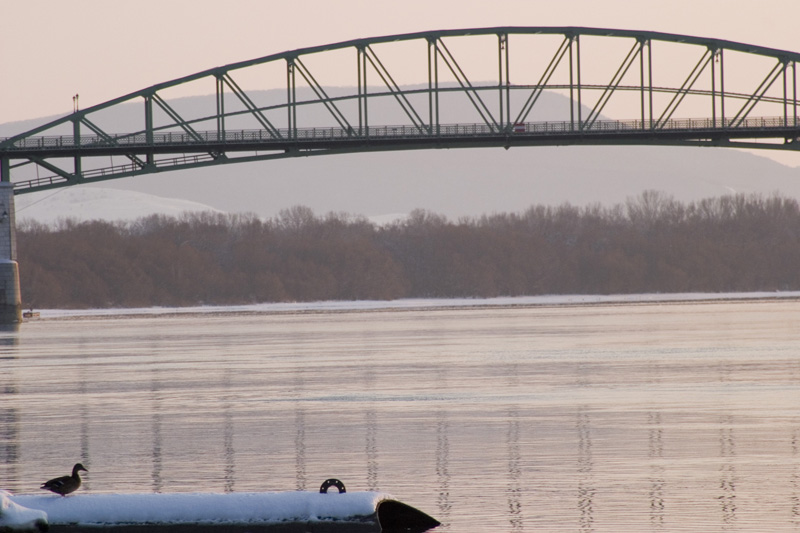
Reflections. © Damaso Reyes

Sunset. © Damaso Reyes
Wasn’t that a lovely walk?
Back Next

 Calendar
Calendar




